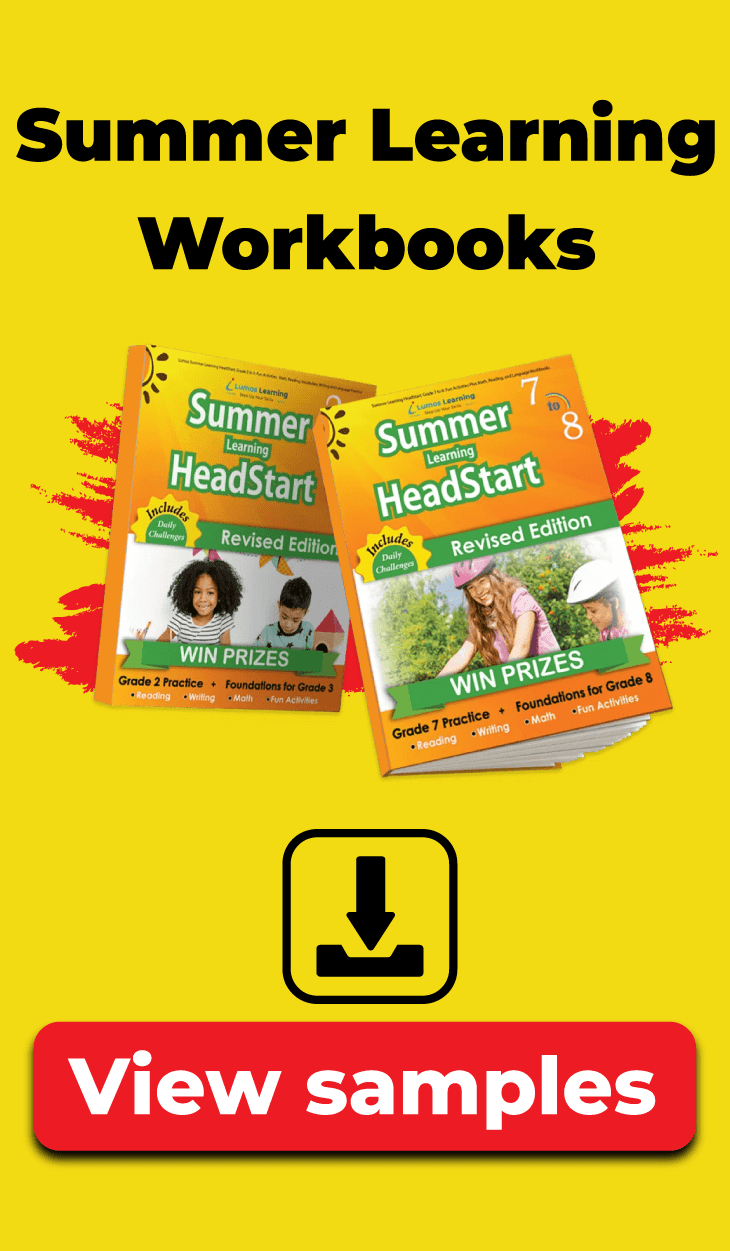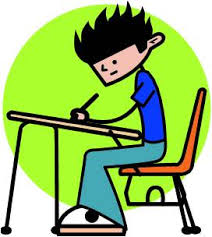
When teaching strategies, hints and clues about how to discover the main idea of a paragraph, it is best to begin with teaching the “wh-words.” Wh-words are those words that begin questions that are asked to gather information; for example, who, what, which, how, etc. Talk about detectives and police officers, who make a list of clues to help them get to the crime puzzle solution to solve a mysterious case. List them on the board allowing students to tell the class what each word means, or what question it answers; for example, “where,” “location;” “who,” “a person;” “what,” “a thing.” Not all wh-words work to solve the dilemma of answering, “What is the main idea?” However, they are a good starting point to gather information; they are clue finders! Let me explain. A main idea is stated in the topic sentence, which may or may not be the first sentence in the passage. Write the heading, “Main Idea” on the board; use a black marker. The teacher should read the first couple of sentences and then ask, “What are these sentences about?” Write the answers, received on the board, but do not correct if a student calls out the wrong answer. (Explain that in brainstorming there is no “wrong answer.” Brainstorming is a wonderful strategy to list as man options as possible! (Good detectives take any answers, then they eliminate them as more clues present themselves.)
Explain that a topic sentence explains what or whom the passage will be about. Everything else in the paragraph must support or refer to the topic. This is a good way to check that the topic or main idea is understood. Now, read the rest of the paragraph. Have students/detectives call out other things that are told in the paragraph and write these on the board beside the first list. Again, write anything the students call out. You might want to write the appropriate “wh-word” next to each answer as a way to drive home the importance of “wh-words.” Put students into detective pairs and instruct them to write the lists in their notebooks. Have the students refer to the passage and draw lines from any “supporting detail” to anything on the “Main Idea” list. Tell them that they must be able to explain “why” (another wh-word) supports the item that they have identified as the main idea. If there is no way to explain why a detail supports any item on the original list, it probably is neither a supporting detail nor a main idea. When the student pairs/detectives have completed this part of the assignment, (if possible it is great to give each pair a different color marker, if there are not enough colors of dry erase markers, the teacher might want to use regular markers on poster paper that has been posted on either the board or wall) have both students come to the board. One student should put a checkmark next to the topic they have identified as the main idea. The other student should draw lines from the supporting topic to the identified main idea. (The color identifies each pair.) When each pair has circled and drawn lines, the main idea should be obvious. Should some “Main Idea” suggestions, (incorrect ones) from the original list be circled, hold a discussion and allow the students to present the reasons that eliminate incorrect “Main Ideas” through the explanations of how each “supporting detail” refers to choices. Try for consensus making the students work out the specifics. The teacher might need to point to the list of wh-words and ask information-finding questions. When students seem to grasp the concept, it is time to see if they can do the process with a partner detective. Hand out a new paragraph. Explain that each partner detective pair will read the paragraph, identify the thing(s) that might be the main idea, and then find supporting details to prove themselves correct! You will probably want to create a slide that can be projected on the board, of the paragraph so when the discussion begins, there is one visual that all students can see. Go through your questioning and circle and draw lines as students give their conclusions.
As a reading comprehension assessment, hand out a reading worksheet with a third paragraph “Main Idea Questions.” There are a couple of ways you can do this on the Main Idea Worksheet. You may offer choices (multiple-choice) for “What is this paragraph about?” or “Who is this paragraph about?” and then add multiple-choice, wh-questions for supporting details. You could also create a cloze worksheet that requires students to fill in the blanks. I, personally, would offer a combination of worksheets so that the learning styles of all the students can be addressed as well as a way to support student recognition and comprehension of main ideas in more than one format. It might be fun to hand out inexpensive detective badges, check out Oriental Trading Company, or stickers that say, “Main Idea Detectives.” …fun stuff!





Pingback: What are Main Idea Questions? | How can I control my class?